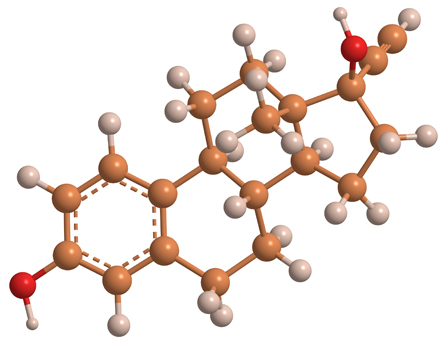Module 3
1. Module 3
Module 3—The Male and Female Reproductive Systems
Introduction

© 2009 Jupiterimages Corporation
During the wild ride of puberty, everybody gains some personal knowledge about the unique features in both the human male and human female body. These structures are specialized to perform unique functions to ensure production of the next generation and survival of the human species through sexual reproduction. You may already think that you know the differences between the male and female reproductive systems, but, in this module, you will discover many more structures that are unique and suited to perform specialized functions. You will also study how sexually transmitted infections can affect the reproductive systems and a developing fetus.
By examining the human reproductive systems, you will gain perspective on how the human species has managed to increase its population size on a constantly changing planet. Lessons 1 to 5 of this module will examine the structures and functions of the human reproductive systems and the implications of sexually transmitted infections on fertility. Lessons 6 to 9 will examine how hormonal regulation of the male and female reproductive systems controls the normal development and maturation of gender. You will study how the hormone feedback system in males initiates puberty, maintains a constant level of function through the reproductive years, and causes change in the aging process. In the case of females, you will examine the detailed hormonal control of the monthly menstrual cycle, the consequences to the cycle depending on whether or not fertilization has occurred, and the hormonal action that results in menopause.
Male and female hormones are found in each gender, but in very different amounts. It is estimated that during the reproductive years men produce between 6 to 8 mg of testosterone daily, but women produce only about 0.5 mg daily. Male hormones are produced at a steady rate and do not fluctuate as cyclically as do female hormones, specifically when considering the menstrual cycle. Sex hormone distribution is controlled by negative feedback systems that maintain the appropriate amounts of hormones for sexual maturation and function. As both men and women go through the aging process, there is a reduction in the quantities of sex hormones produced.

© Natalia Karpova/shutterstock
The Module 3 Assessment will be divided into two parts. The first part will evaluate the reproductive systems and the second part will evaluate hormone control of the reproductive systems.
In addition to the Module Assessment, you will continue to collect information about the three couples struggling with infertility for the Unit Assessment.